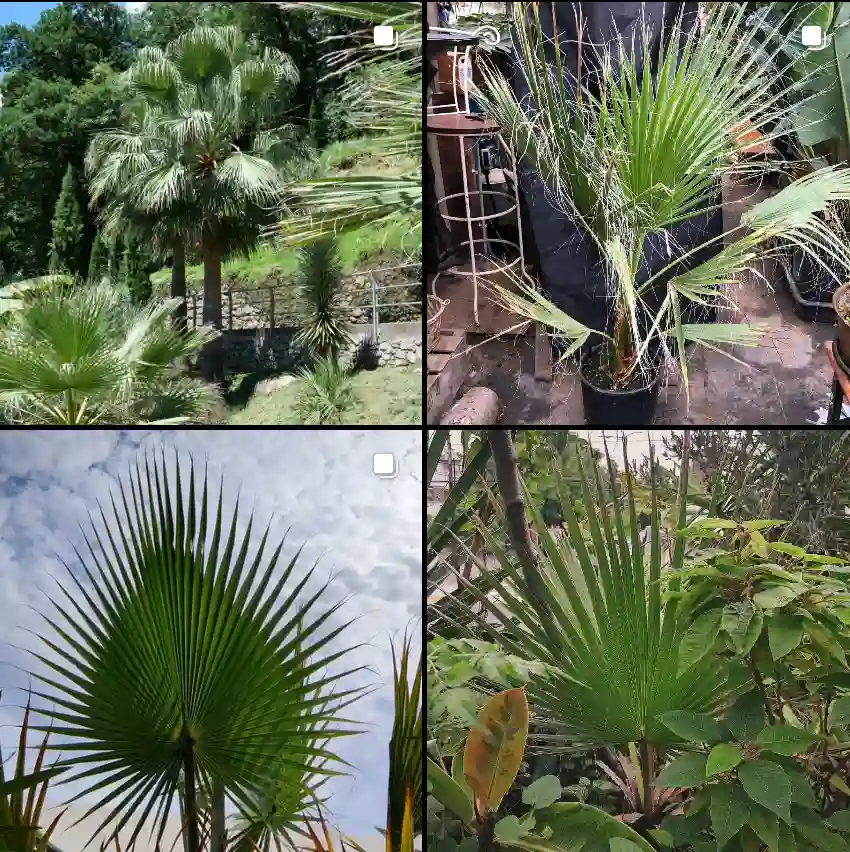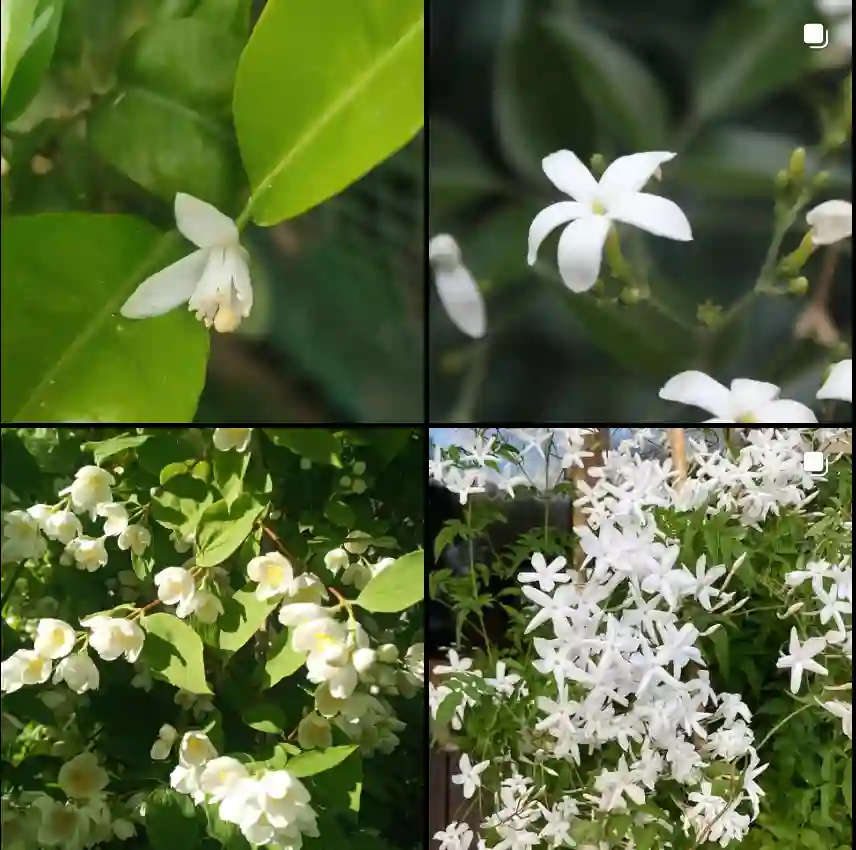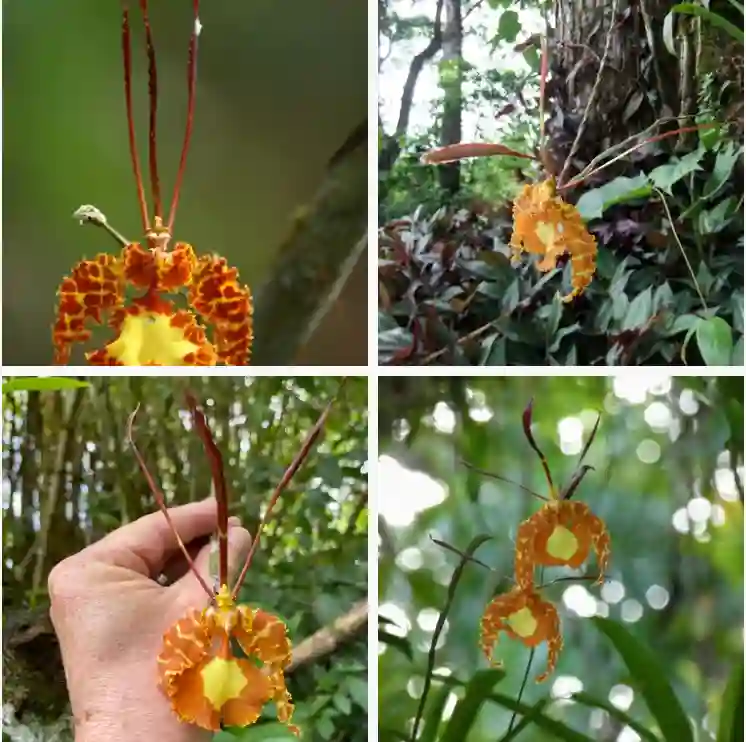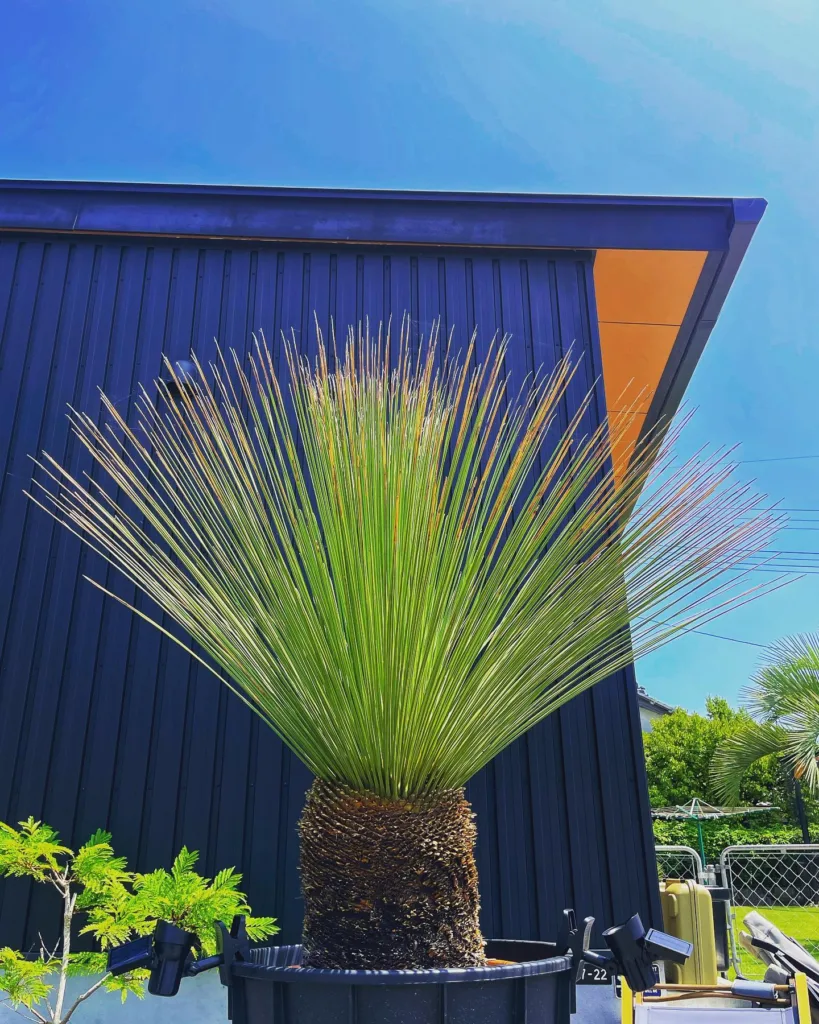All About Carex Tumulicola: Your Guide to the Foothill Sedge
Hi, I’m Ferb Vu, and I’m here to answer all your burning questions about Carex tumulicola, also known as the Foothill Sedge. This attractive, low-maintenance sedge is a popular choice for gardeners seeking a touch of greenery and texture in their landscapes.
Whether you’re a seasoned plant enthusiast or a curious beginner, this FAQ will equip you with the knowledge to cultivate a thriving Carex tumulicola.
2324 Species in Genus Carex
What is Carex Tumulicola?
Carex tumulicola is a clump-forming, evergreen perennial sedge belonging to the Cyperaceae family. Native to western North America, it thrives in meadows, open woodlands, and coastal prairies, particularly in areas stretching from British Columbia down to California.
This adaptable plant boasts narrow, grass-like leaves in a medium green hue, reaching up to 18 inches in length. In spring, inconspicuous brown flowers appear atop slender stems that rise above the foliage, adding a subtle touch of interest.
Carex Tumulicola vs Divulsa
There’s a common misconception surrounding Carex tumulicola. For many years, Carex divulsa, a European sedge, was mistakenly sold under the name Carex tumulicola. It’s crucial to differentiate between these two species, as Carex divulsa is considered invasive in some regions.
Here’s a quick comparison to help you tell them apart:
- Height: Carex tumulicola typically reaches 8-12 inches, while Carex divulsa can grow up to 24 inches.
- Spread: Carex tumulicola spreads slowly by short rhizomes, forming compact clumps. Carex divulsa spreads more aggressively through stolons, potentially becoming invasive.
- Leaf Color: Carex tumulicola has a medium green foliage, while Carex divulsa tends towards a lighter, blue-green shade.
If you’re unsure about the identity of your sedge, consulting a reputable nursery or botanist is recommended.
How to plant and care for Carex Tumulicola?
Now that you’re familiar with Carex tumulicola, let’s delve into its cultivation needs.
Planting:
- Timing: Fall or spring are ideal planting times, allowing the roots to establish before extreme temperatures.
- Light: Carex tumulicola thrives in full sun to part shade. In hot climates, afternoon shade is beneficial.
- Soil: Well-draining soil is essential. Amend clay soils with compost or sand for optimal drainage.
- Spacing: Plant Carex tumulicola 12-18 inches apart for individual specimens or closer for a massed groundcover effect.
Care:
- Watering: Water regularly during the first growing season, especially during dry spells. Once established, Carex tumulicola is drought-tolerant and requires minimal watering.
- Fertilizing: Apply a balanced, slow-release fertilizer in early spring if desired. However, Carex tumulicola generally performs well without additional feeding.
- Pruning: Remove spent flower stalks in late spring or early summer to maintain a tidy appearance. You can also trim off brown foliage at the end of winter.
What are benefits of Growing Carex Tumulicola?
There are several compelling reasons to incorporate Carex tumulicola into your garden:
- Low-Maintenance: This easy-care sedge requires minimal effort to thrive.
- Evergreen: Provides year-round interest with its lush green foliage.
- Adaptable: Tolerates a range of lighting conditions and thrives in well-drained soils.
- Erosion Control: The dense root system helps prevent soil erosion on slopes or hillsides.
- Wildlife Habitat: Attracts beneficial insects and provides cover for small animals.
Companion Plants for Carex Tumulicola
Carex tumulicola pairs beautifully with various plants, creating a harmonious and visually appealing landscape. Here are some suggestions:
- Perennials: Columbine, Asters, Daylilies
- Grasses: Blue Fescue, Hakonechloa macra (Japanese Forest Grass)
- Shrubs: Low-growing Ceanothus (California Lilac), Mahonia
Conclusion:
Carex tumulicola is a versatile and rewarding plant that offers a touch of elegance and texture to any garden. Easy to care for and adaptable, it’s a perfect choice for busy gardeners or those seeking low-maintenance greenery. With its numerous benefits and attractive features, Carex tumulicola is sure to become a treasured addition to your landscape.
If i die, water my plants!



